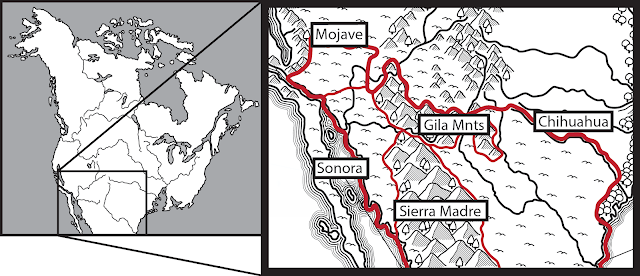GNA - Northern Forests

The northern forests consist of all wooded parts of Canada east of the Rocky Mountains to the Arctic Ocean to the north and Atlantic ocean to the east. Its southern limits are marked by a transition to the subtropical forests of the south-east at the Great Lakes. The forest, except for a flat and swamp strip along the coast of the Hudson Bay known as the 'Hudson Lowlands', is dominated by coniferous forest which grows thick on wrinkled landforms cut through by rivers and dotted with lakes or muskeg swamplands. In the south, where trees grow to full height, the region is considered 'boreal', while in the north where cold weather and irregular sunlight causes trees to grow stunted or gnarled, and the region is called 'taiga'. Further, the region can be divided into the silty-bottomed Mackenzie River valley in the west and the Canadian Shield - a vast rounded outcrop of bare bedrock which covers the territory of Nunavut, as well as much of the provinces of Manitoba...





